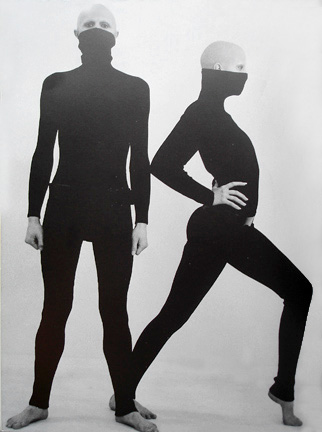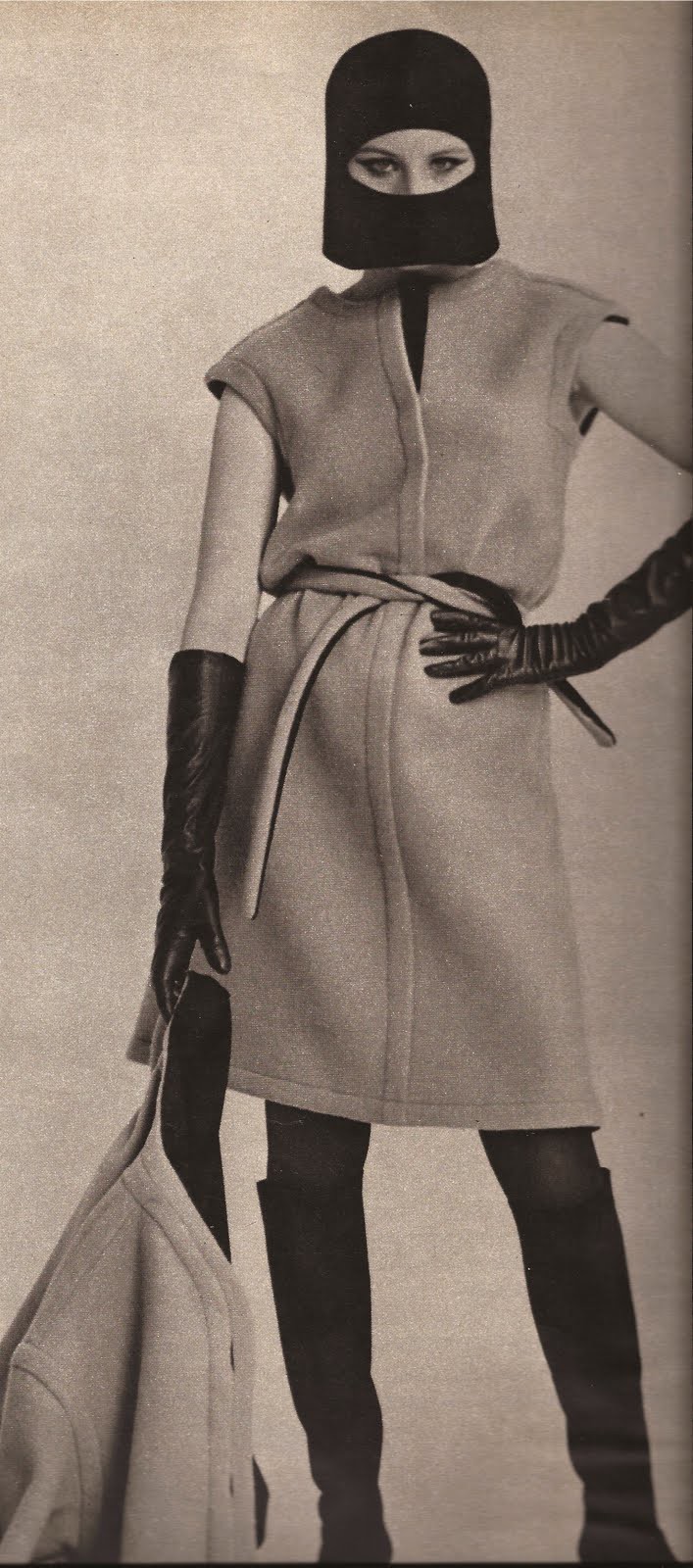At the beginning of 1970, directly following the Apollo 11 moon landing, Life published Rudi Gernreich’s predictions about the future of fashion. He foresaw a harsh landscape of environmental damage, overpopulation and traffic-clogged highways, all of which would inform designers who would create unisex protective garb made of alternative fabrics. While his fashion prognostications weren’t accurate, embedded in Gernreich’s ideas are some prescient remarks about technological innovations. An excerpt:
In cold, wintry weather, predicts Gernreich, “both men and women will wear heavy-ribbed leotards and waterproof boots. It will be impossible to drive to stores because of traffic, so all clothes will be ordered from a catalogue or TV set. And since animals which now supply wool, fur and leather will be so rare that they must be protected, and weaving fabric such as cotton will be too much trouble, most clothes will be made entirely of cheap and disposable synthetic knits.”
Clothing will not be identified as either male or female, says Gernreich. “So women will wear pants and men will wear skirts interchangeably. And since there won’t be any squeamishness about nudity, see-through clothes will only be see-through for reasons of comfort. Weather permitting, both sexes will go about bare-chested, though women will wear simple protective pasties. Jewelry will exist only as a utility–that is, to hold something up or together, like a belt or for information, like a combination wristwatch, weather indicator, compass and radio. The esthetics are going to involve the body itself. We will train the body to grow beautifully rather than cover it to produce beauty.
The present cult of eternal youth is not honest nor attractive, says Gernreich. “In an era when the body will become the convention of fashion, the old will adopt a uniform of their own. If a body can longer be accentuated, it should be abstracted. The young won’t wear prints but the elderly will because bold prints detract. The elderly will have a cult of their own and the embarrassment of old age will fade away.”•
_____________________________
Trippy 1973 video showing a soft metallic armor Gernreich dreamed up to promote Max Factor cosmetics. He thought that designs in the future would need to be anonymous because the world was to become harsh and invasive. “Public Privacy” is what he called the look.
In the 1960s, Gernreich predicted a computerized future for attire. He believed that “clothes of the future will involve unisex. They will be interchangeable. Men are going to wear skirts and woman are gonna wear pants.” Not quite right in every detail but correct in a broader sense.
Tags: Rudi Gernreich



